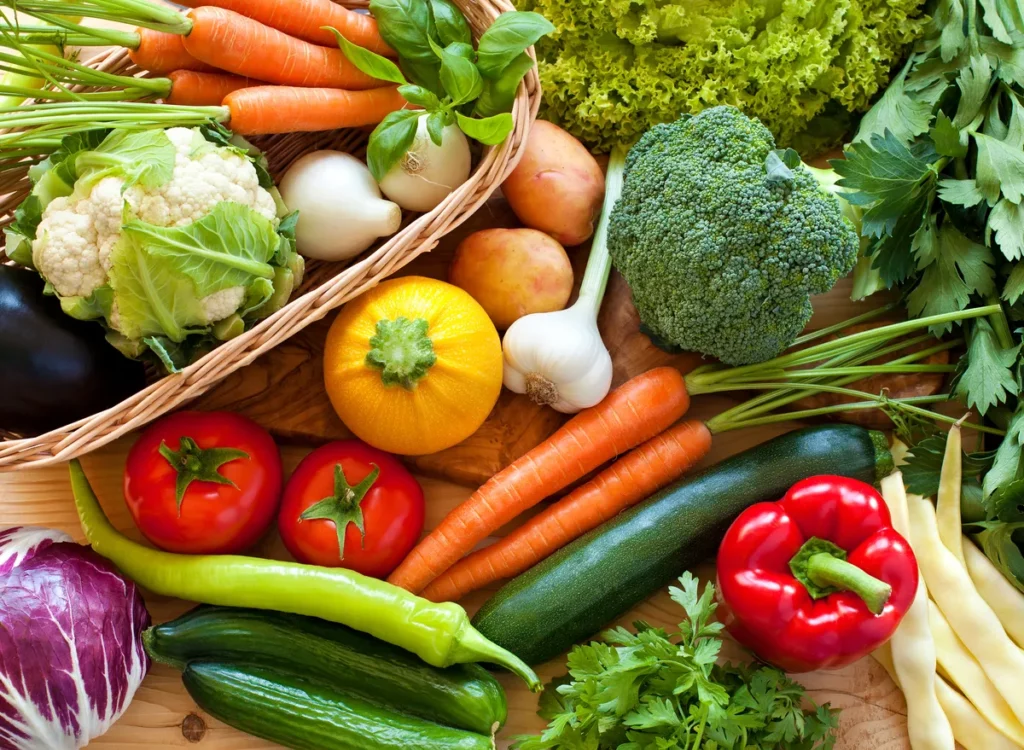Vegetables are a vital part of a healthy diet, and they are an excellent source of fiber. Fiber is a type of carbohydrate that the body cannot digest. Instead, it passes through the digestive system, helping to keep it healthy and functioning correctly. Vegetables high in fiber include lima beans, acorn squash, green peas, collard greens, artichokes, parsnips, broccoli, carrots, spinach, and more.
Fiber is essential for maintaining a healthy digestive system, and it also offers numerous other health benefits. A diet high in fiber can help lower cholesterol levels, reduce the risk of heart disease, and promote healthy weight management. Additionally, fiber can help regulate blood sugar levels, which is especially important for people with diabetes.
Overall, incorporating high fiber vegetables into one’s diet is a simple and effective way to improve overall health and well-being. By choosing a variety of colorful vegetables, individuals can ensure they are getting the necessary nutrients and fiber to support optimal health.
Key Takeaways
- Vegetables are a great source of fiber, which is crucial for maintaining a healthy digestive system.
- A diet high in fiber can offer numerous health benefits, including lower cholesterol levels, reduced risk of heart disease, and healthy weight management.
- Incorporating high fiber vegetables into one’s diet is an easy and effective way to improve overall health and well-being.
Understanding Fiber
Fiber is an essential nutrient that is important for maintaining good health. It is a type of carbohydrate that is not digested by the body, meaning it passes through the digestive system largely intact. There are two types of fiber: soluble and insoluble.
Soluble fiber dissolves in water and forms a gel-like substance in the digestive tract. This type of fiber can help lower cholesterol levels and regulate blood sugar levels. Good sources of soluble fiber include oats, beans, peas, and fruits such as apples and berries.
Insoluble fiber does not dissolve in water and adds bulk to the stool, helping to promote regular bowel movements. This type of fiber is found in whole grains, nuts, seeds, and the skins of fruits and vegetables.
Getting enough fiber in the diet is important for overall health. It can help prevent constipation, lower the risk of heart disease, and promote a healthy weight. The recommended daily intake of fiber is 25 grams for women and 38 grams for men.
Some high-fiber vegetables include:
- Artichokes: One medium artichoke contains 10.3 grams of fiber.
- Broccoli: One cup of cooked broccoli contains 5.1 grams of fiber.
- Brussels sprouts: One cup of cooked Brussels sprouts contains 4.1 grams of fiber.
- Carrots: One cup of raw carrots contains 3.6 grams of fiber.
- Spinach: One cup of cooked spinach contains 4.3 grams of fiber.
Including a variety of high-fiber vegetables in the diet can help ensure adequate fiber intake and promote overall health.
Why Fiber is Essential
Fiber is an essential nutrient that plays a crucial role in maintaining a healthy digestive system. It is a type of carbohydrate that the body cannot digest or absorb. Instead, it passes through the digestive system relatively intact, adding bulk to the stool and helping to prevent constipation.
There are two types of fiber: soluble and insoluble. Soluble fiber dissolves in water and forms a gel-like substance in the digestive tract that slows down digestion and helps to regulate blood sugar levels. Insoluble fiber, on the other hand, does not dissolve in water and adds bulk to the stool, helping to prevent constipation and other digestive problems.
A diet high in fiber has been linked to a number of health benefits, including a reduced risk of heart disease, stroke, and type 2 diabetes. It can also help to lower cholesterol levels, promote weight loss, and improve overall gut health.
Some of the best sources of fiber are fruits, vegetables, whole grains, and legumes. These foods are not only high in fiber, but they are also packed with vitamins, minerals, and other nutrients that are essential for good health.
To ensure that you are getting enough fiber in your diet, it is recommended that adults consume between 25 and 30 grams of fiber per day. However, many people fall short of this goal, so it is important to make a conscious effort to include more fiber-rich foods in your diet.
Vegetables High in Fiber
Eating vegetables that are high in fiber can help improve digestion, regulate blood sugar levels, and reduce the risk of chronic diseases like heart disease and diabetes. Here are some of the best vegetables high in fiber:
Green Leafy Vegetables
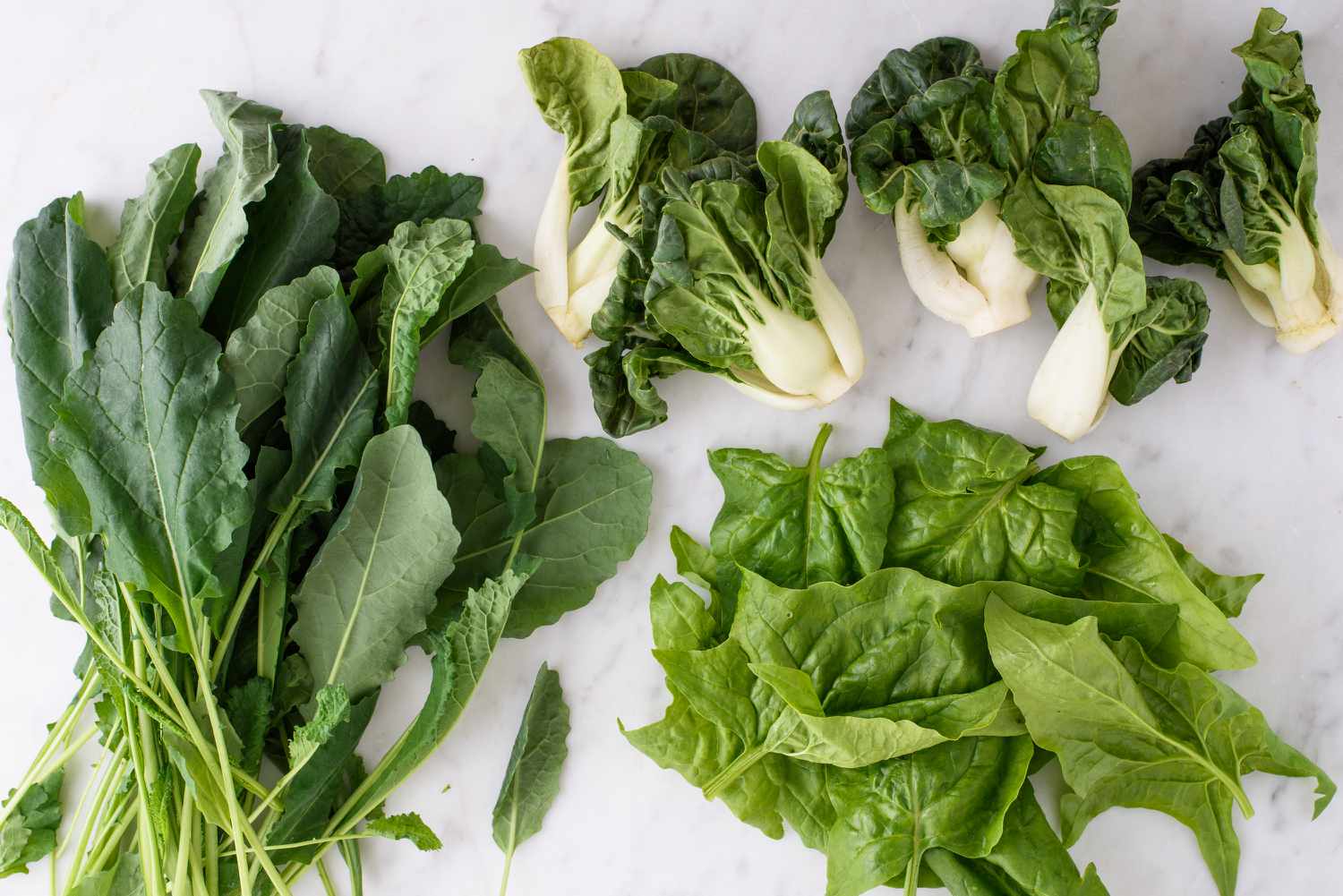
Green leafy vegetables are an excellent source of fiber, vitamins, and minerals. Some of the best green leafy vegetables high in fiber include spinach, kale, collard greens, and swiss chard. One cup of cooked spinach contains 4 grams of fiber, while one cup of cooked kale contains 3 grams of fiber. These vegetables are also low in calories, making them an excellent choice for those trying to lose weight.
Root Vegetables
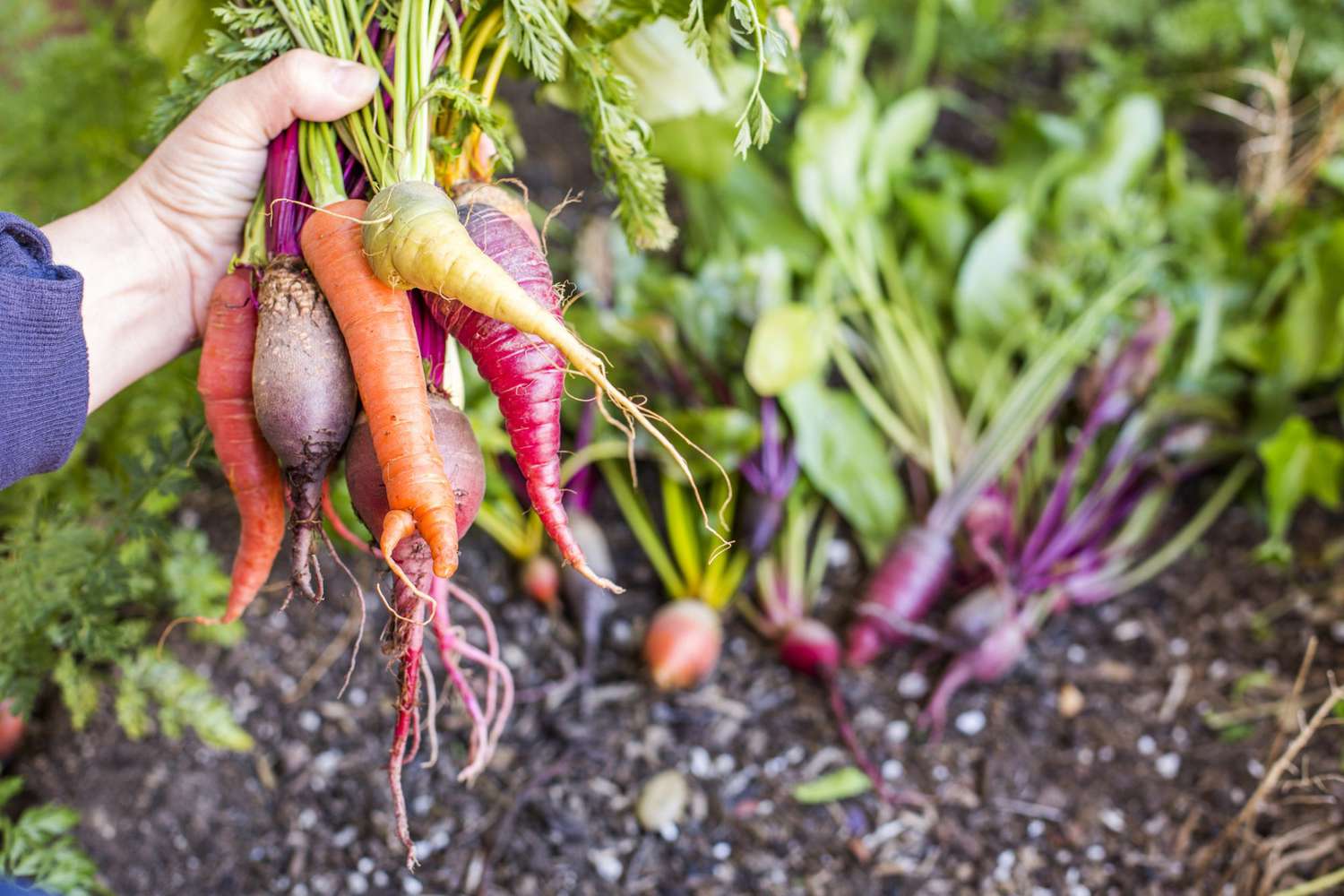
Root vegetables are another great source of fiber. Some of the best root vegetables high in fiber include sweet potatoes, carrots, and parsnips. One medium-sized sweet potato contains 4 grams of fiber, while one medium-sized carrot contains 2 grams of fiber. These vegetables are also rich in vitamins and minerals, making them an excellent addition to any diet.
Cruciferous Vegetables
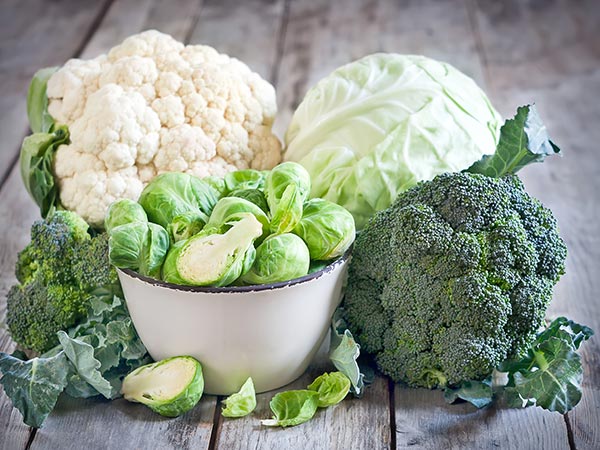
Cruciferous vegetables like broccoli, cauliflower, and Brussels sprouts are high in fiber and other important nutrients. One cup of cooked broccoli contains 5 grams of fiber, while one cup of cooked Brussels sprouts contains 4 grams of fiber. These vegetables are also rich in antioxidants and may help reduce the risk of certain types of cancer.
Peas and Beans
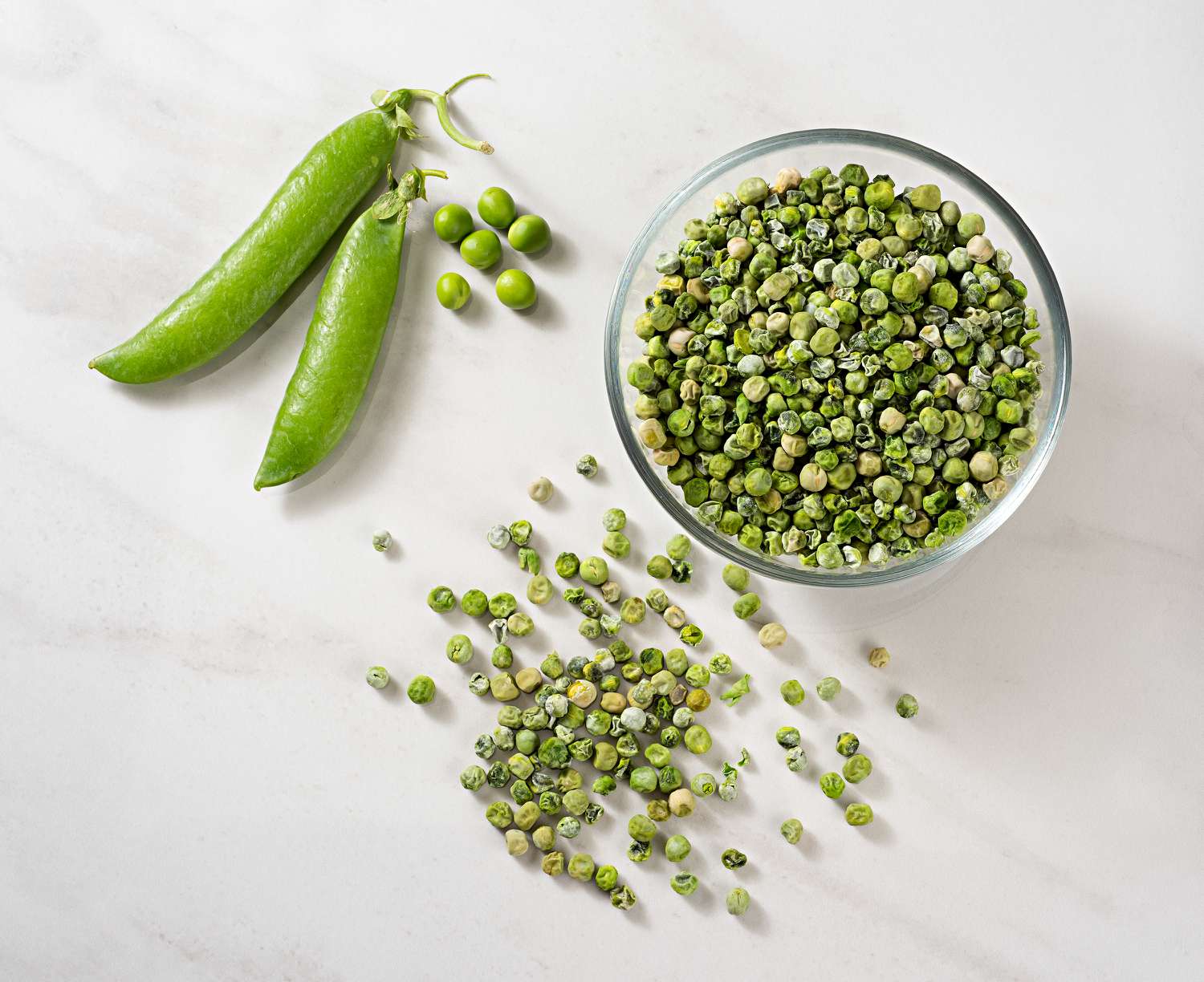
Peas and beans are excellent sources of fiber and protein. Some of the best peas and beans high in fiber include lentils, black beans, and chickpeas. One cup of cooked lentils contains 16 grams of fiber, while one cup of cooked black beans contains 15 grams of fiber. These vegetables are also rich in iron and other important nutrients, making them an excellent choice for vegetarians and vegans.
Incorporating these vegetables into your diet can help you meet your daily fiber needs and improve your overall health.
Benefits of High Fiber Vegetables
Eating a diet rich in high-fiber vegetables can have numerous health benefits. Here are some of the key benefits of incorporating more high-fiber vegetables into your diet:
Improved Digestive Health
Fiber is essential for maintaining a healthy digestive system. It helps to keep food moving through the digestive tract and prevents constipation. High-fiber vegetables, such as broccoli, artichokes, and collard greens, can help to promote regular bowel movements and reduce the risk of digestive problems.
Lower Risk of Chronic Diseases
Research suggests that a diet high in fiber may lower the risk of chronic diseases, such as heart disease, diabetes, and certain types of cancer. High-fiber vegetables are also typically low in fat and calories, making them an excellent choice for those looking to maintain a healthy weight.
Improved Blood Sugar Control
Fiber can help to regulate blood sugar levels, which is especially important for individuals with diabetes. High-fiber vegetables, such as spinach and Brussels sprouts, can help to slow down the absorption of sugar in the bloodstream, which can help to prevent spikes in blood sugar levels.
Increased Feeling of Fullness
High-fiber vegetables are typically more filling than low-fiber options, which can help to prevent overeating and promote healthy weight management. Vegetables such as carrots, peas, and squash are excellent sources of fiber and can help to keep you feeling full and satisfied after meals.
Incorporating more high-fiber vegetables into your diet is a simple and effective way to improve your overall health and well-being. By choosing a variety of colorful vegetables and incorporating them into your favorite recipes, you can enjoy the numerous benefits of a high-fiber diet.
Incorporating High Fiber Vegetables in Diet
Adding high fiber vegetables to one’s diet is a simple way to improve digestive health and overall well-being. The American Heart Association recommends that adults consume between 25 to 30 grams of fiber per day. Incorporating high fiber vegetables into one’s diet is an easy and delicious way to meet this daily requirement.
Here are some ways to add high fiber vegetables to your diet:
1. Start the day with a breakfast salad
A breakfast salad is a great way to start the day with a fiber-rich meal. Mix together some baby spinach, kale, or arugula with chopped carrots, cucumbers, and tomatoes. Add a boiled egg or some grilled chicken for protein and healthy fats.
2. Swap out your side dishes
Instead of serving starchy side dishes like potatoes or white rice, try serving high fiber vegetables like roasted Brussels sprouts, broccoli, or asparagus. These vegetables are not only high in fiber, but they also provide a variety of vitamins and minerals.
3. Try a vegetable stir-fry
A vegetable stir-fry is a quick and easy way to incorporate high fiber vegetables into your diet. Use a variety of vegetables like bell peppers, onions, broccoli, and carrots. Serve over brown rice or quinoa for a complete and satisfying meal.
4. Snack on raw vegetables
Raw vegetables like carrots, celery, and bell peppers make great snacks. They are low in calories and high in fiber, making them a healthy and filling option.
5. Make a vegetable soup
A vegetable soup is a great way to incorporate a variety of high fiber vegetables into your diet. Use vegetables like carrots, celery, onions, and kale. Add some beans or lentils for protein and to increase the fiber content.
By incorporating high fiber vegetables into your diet, you can improve your digestive health and overall well-being. Try these simple and delicious ways to add more fiber to your diet today.
Precautions and Considerations
While increasing the intake of high-fiber vegetables can have numerous health benefits, there are some precautions and considerations to keep in mind.
Start Slowly
If you are not used to consuming high amounts of fiber, it is recommended to start slowly and gradually increase your intake. Sudden changes in fiber intake can cause digestive discomfort, such as bloating, gas, and diarrhea. Drinking plenty of water can help alleviate these symptoms.
Medication Interactions
Some medications, such as certain types of antibiotics and cholesterol-lowering drugs, can interact with high-fiber foods and reduce their effectiveness. It is important to consult with a healthcare provider before making significant changes to your diet, especially if you are taking any medications.
Allergies and Intolerances
Some people may be allergic or intolerant to certain high-fiber vegetables, such as broccoli, cauliflower, and Brussels sprouts. Symptoms of an allergy or intolerance can include hives, itching, swelling, and digestive discomfort. If you experience any of these symptoms after consuming high-fiber vegetables, it is recommended to avoid them and consult with a healthcare provider.
Nutrient Absorption
While high-fiber vegetables can provide numerous health benefits, they can also interfere with the absorption of certain nutrients, such as calcium, iron, and zinc. It is important to balance your intake of high-fiber vegetables with other nutrient-rich foods to ensure adequate nutrient absorption.
Conclusion
Overall, increasing the intake of high-fiber vegetables can have numerous health benefits, but it is important to take precautions and consider potential interactions and intolerances. Starting slowly, consulting with a healthcare provider, and balancing nutrient intake can help ensure a healthy and beneficial diet.
Frequently Asked Questions
What are the 4 highest foods in fiber?
The four highest foods in fiber are split peas, lentils, black beans, and lima beans. These foods are all legumes and are great sources of both soluble and insoluble fiber.
What are the 10 best foods for fiber?
The 10 best foods for fiber include raspberries, pears, avocados, artichokes, peas, broccoli, lentils, black beans, chia seeds, and quinoa. These foods are all high in fiber and can be easily incorporated into meals and snacks.
How much fiber per day?
The recommended daily intake of fiber is 25 grams for women and 38 grams for men. However, most people do not consume enough fiber in their diet.
How much fiber per day to lose weight?
Consuming a high-fiber diet can aid in weight loss. It is recommended to consume at least 14 grams of fiber for every 1,000 calories consumed. For example, if someone is consuming 2,000 calories per day, they should aim for at least 28 grams of fiber.
What are fiber rich vegetables for dinner?
Some fiber-rich vegetables that are great for dinner include broccoli, Brussels sprouts, carrots, sweet potatoes, and spinach. These vegetables can be roasted, steamed, or sautéed to make a delicious and healthy meal.
What are some fruits high in fiber and low in sugar?
Some fruits that are high in fiber and low in sugar include raspberries, blackberries, strawberries, and kiwi. These fruits can be eaten as a snack or added to smoothies and salads for an extra boost of fiber.
